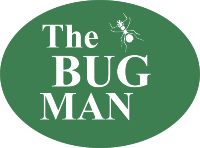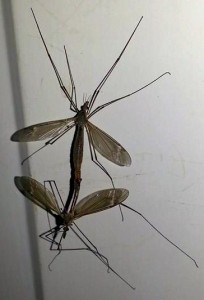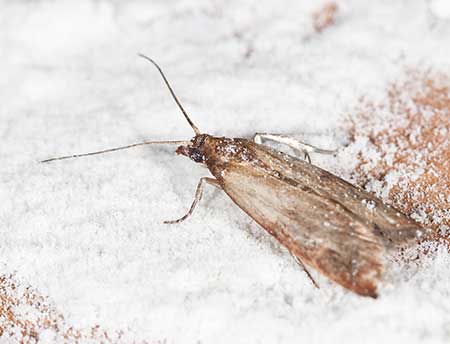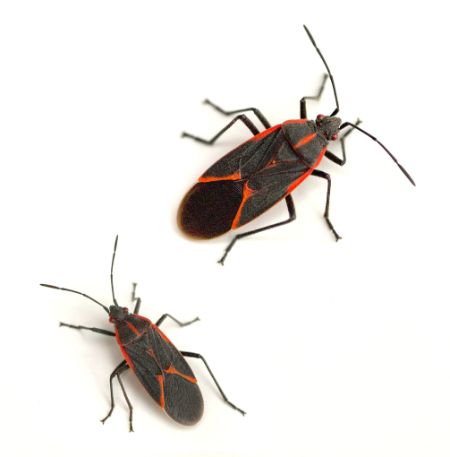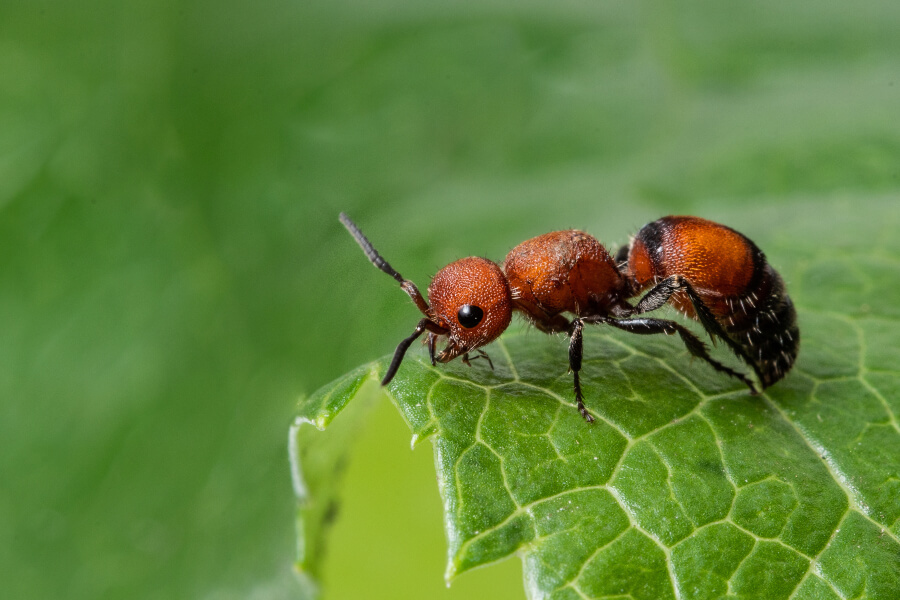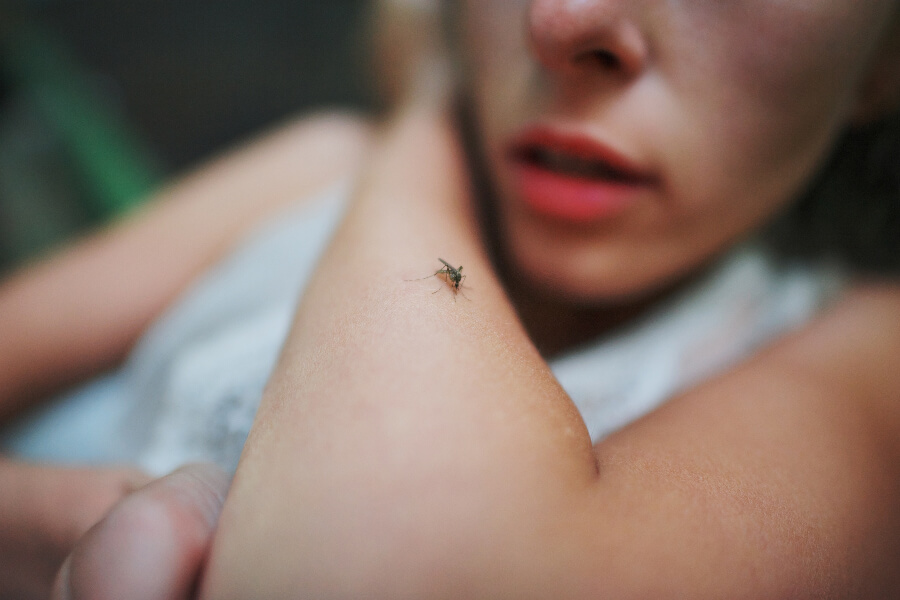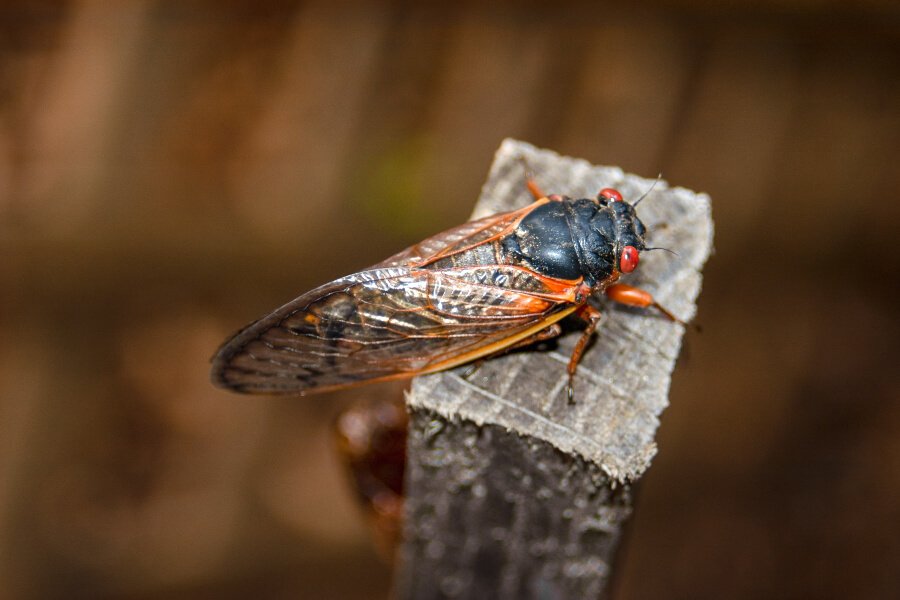I am writing to let you know to RELAX. It’s ok. This large Texas-sized creature is actually called a Crane Fly.
May is the time of year when the weather finally warms up and people start enjoying the outdoors again. Until, one night, along comes a giant pre-historic looking mosquito. It lands on the plant next to them and complete chaos follows. Parents call the children, grab the dog, run inside and slam the door shut. Certainly, this creature would suck the life-blood out of everyone in the family. But wait! This is not a mosquito! The good news is that this insect is a harmless crane fly and there is no need for alarm. They do not bite or sting at all.
They are called many things, including mosquito hawks, which actually refer to the dragonfly that feeds on mosquitoes. Unfortunately, the crane fly does not feed on mosquitoes. Nor do they bite. In fact, the adult crane fly does not feed at all. The larvae, referred to as “leatherjackets”, stay primarily underground. The larvae have chewing mouth parts and they prefer to feed on decomposing organic matter such as roots, leaves, wood on the forest floor, and soil in lawns and pastures. On warm, damp nights they will come above the soil surface to feed on plant material. In mid-May they enter the non-feeding pupal phase just below the soil surface and shortly thereafter emerge from the soil as adults.
My friend, Joel, captured the photo above of two crane flies mating. When they emerge as adults, their job is to mate and then deposit their eggs into the soil. Their lifespan is, on average, a couple of days.
All creatures have an important beneficial role to our ecosystem. In addition to serving as decomposers, the crane fly is an important food source for bats, birds, frogs, lizards, spiders, and other insects.
Even though they are not harmful, crane flies in large numbers can be quite a nuisance. Sometimes when you walk through or mow the grass the crane flies seem to swarm out. They may land on your clothing, hair, or face and cause you to do a dance that would rival anything Miley Cyrus does on stage. Right there in your front yard. (Gasp!)
What can be done to control the crane fly???
There are a few non-chemical things that can be done to help prevent the crane fly from entering your home. For one, Crane flies are attracted to light inside the house. So, at night some may fly in through an open door or window. You will usually find them flapping on a lamp shade or on the wall and that can be frustrating, too. Check all of the screens on the windows and doors of your home and make sure there are no holes or tears. Repair or replace any screens that are damaged. This will also help prevent other insects from entering your home. Also, you can reduce the number of exterior lights that you have on at night or else replace the regular bulb with one of the bug lights that emit a yellow color. The yellow bug bulb is not as attractive to the bugs that fly toward the light. I know the yellow bulbs are not nearly as attractive as the others, but neither is that giant black mark on your wall where you smacked a crane fly with the mail on your counter. 🙂
Because of the short life span of the adult crane fly there is not a product that we can use to effectively manage them in or around your home. And, honestly, their lifespan as an adult is so short, many of them would die naturally before the spray would have a chance to do it’s job. Sadly, we are limited to educating you on this pest nuisance and to let you know that this will pass very soon.
